OneDrive and Office Online -
Getting Started with OneDrive

OneDrive and Office Online
Getting Started with OneDrive


/en/onedrive/all-about-onedrive-and-office-online/content/
Creating a Microsoft account is the first step in getting started with OneDrive. Once you have an account, you can access your own personal OneDrive storage space. A Microsoft account also includes Office Online, as well as other online features like Calendar and Messenger.
In this lesson, you'll learn how to set up your own Microsoft account and how to access and navigate the OneDrive interface. We'll also talk about how to download and install the OneDrive app to your computer, which makes it easy to sync files across multiple devices.
Watch the video below to become more familiar with OneDrive.
Before you can use Office Online and OneDrive, you'll need a Microsoft account. If you already have a @hotmail.com, @live.com, or @outlook.com email account (or any other account that lets you use a Microsoft service), you already have a Microsoft account. To access OneDrive, just sign in with your existing account.
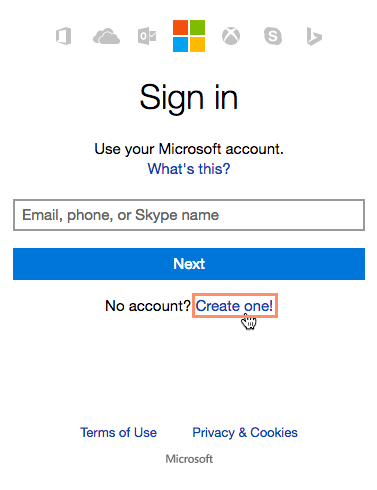
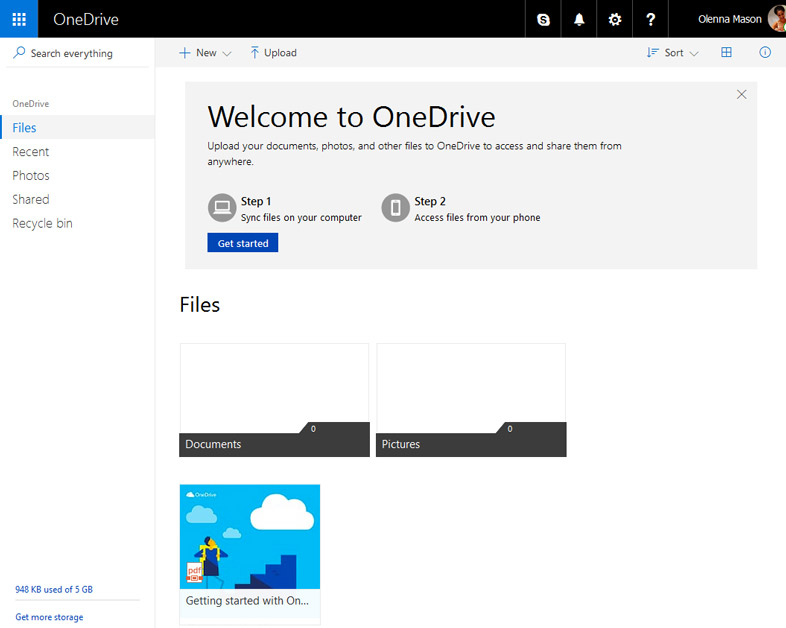
Just like with any online service, it's important to choose a strong password—in other words, one that is difficult for someone else to guess. For more information, review our Creating Strong Passwords lesson.
Now that you've created a Microsoft account, you'll need to spend some time becoming familiar with the way OneDrive works. You can access OneDrive at any time by going to www.onedrive.com in your web browser. From here, you can access your files, create new documents in Office Online, and much more.
Click the buttons in the interactive below to learn more about the OneDrive interface.
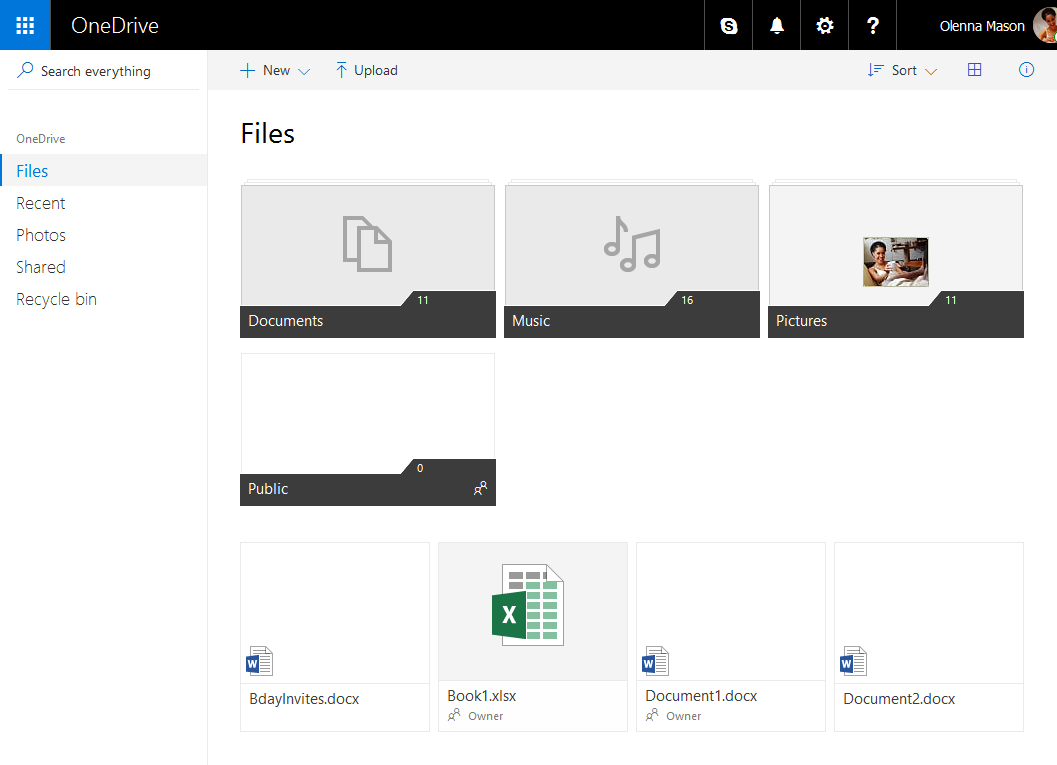
If you prefer working in the desktop, you can download the OneDrive desktop app. This will add a OneDrive folder to your File Explorer. When you move files into this folder, they will automatically be uploaded to OneDrive, and you can access them anywhere you go. You'll even be able to access any files stored on your computer remotely, even if you haven't uploaded the files to OneDrive.
In this example, we'll install OneDrive for Windows. OneDrive is also available for Mac OS X, but keep in mind that the Mac installation process will be slightly different.
If you have Windows 8.1 or later, you already have the OneDrive app on your computer so you won't need to download and install it.

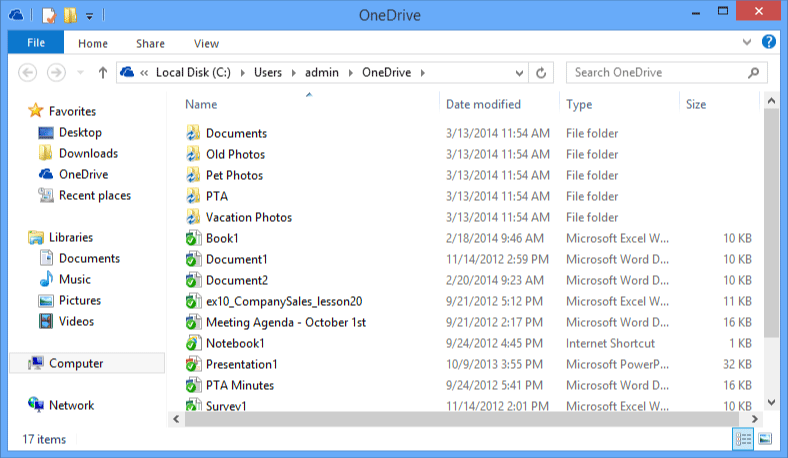
If you need to access your files on the go, OneDrive offers mobile apps for iOS, Android, and Windows Phone. While the mobile app will allow you to view and upload files, you will not be able to edit or create new documents.
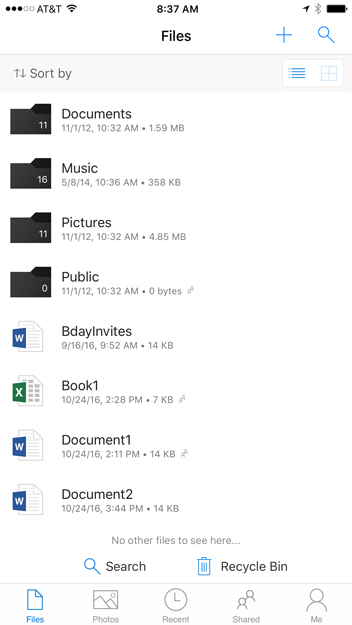
/en/onedrive/create-and-share-office-documents/content/